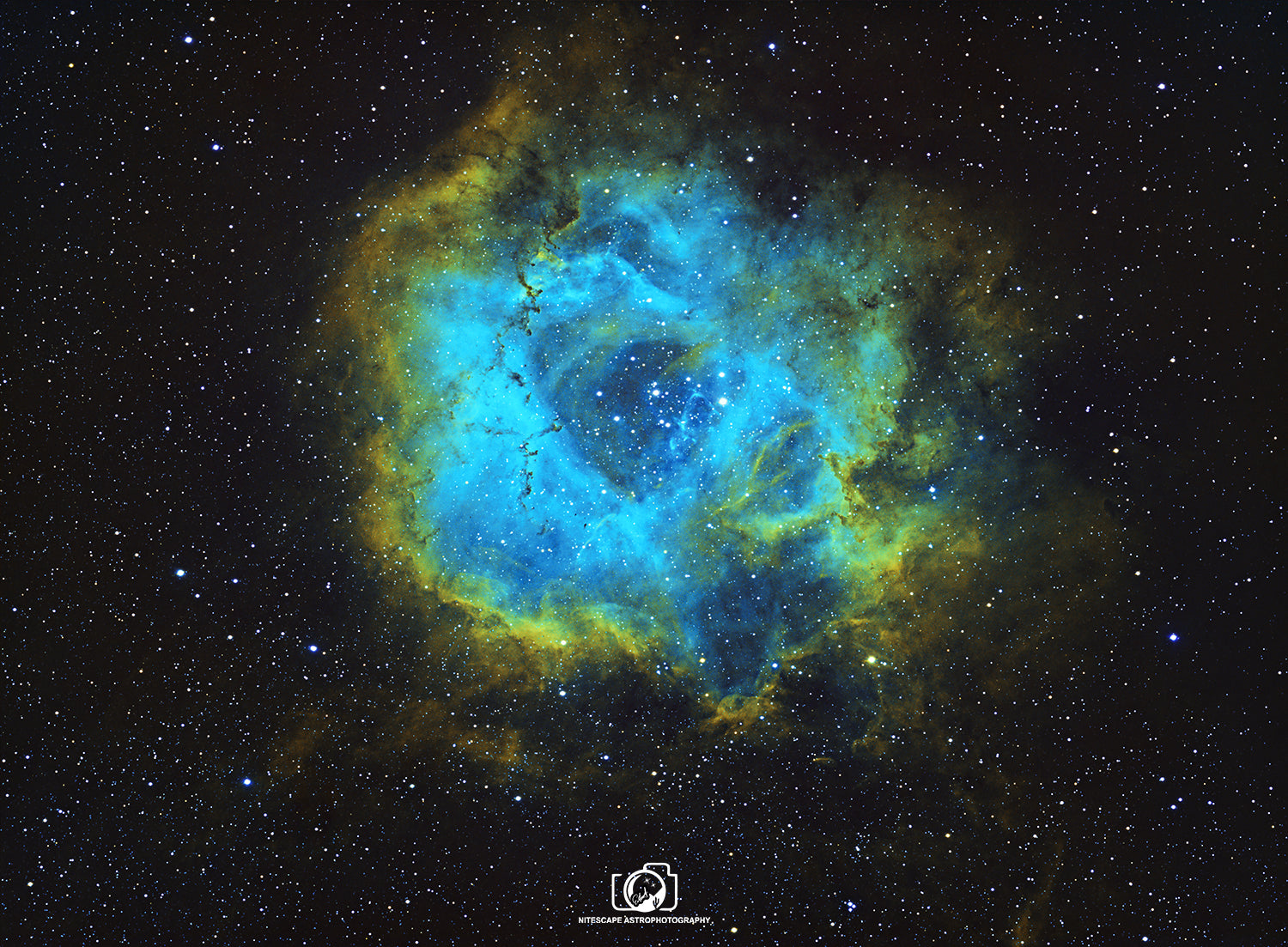The James Webb Space Telescope (JWST) is one of the most eagerly anticipated scientific instruments of our time. Its launch, set to take place in late 2021 or early 2022, will mark a significant milestone in the history of space exploration. The JWST is named after James E. Webb, a former NASA administrator who played a critical role in the Apollo program. In this article, we'll explore the history, design, and capabilities of the JWST and what it means for the future of space exploration.
The JWST is an enormous and complex instrument, with a design that is radically different from the Hubble. The telescope is roughly the size of a tennis court when fully deployed, with a mirror that is six times larger than that of the Hubble. The mirror is made up of 18 hexagonal segments that can be adjusted individually to maintain its shape and focus.
Unlike the Hubble, which observes primarily in visible and ultraviolet light, the JWST is optimized for infrared observations. This means that it can detect light that is invisible to the human eye, allowing it to see through dust and gas clouds that obscure visible light. The JWST is also designed to be much colder than the Hubble, with a sunshield that will protect it from the heat of the sun and Earth.
The JWST is expected to make many groundbreaking discoveries in a wide range of fields, including cosmology, planetary science, and the search for extraterrestrial life. Here are some of the key capabilities of the JWST:
-
Observing the early universe: The JWST is designed to observe some of the earliest and most distant objects in the universe, such as the first galaxies that formed after the Big Bang. By studying these objects, scientists hope to gain a better understanding of how the universe evolved over time.
-
Studying exoplanets: The JWST will be able to study the atmospheres of exoplanets, which are planets that orbit stars other than the sun. By analyzing the chemical composition of these atmospheres, scientists hope to learn more about the conditions that are necessary for life to exist.
-
Mapping the Milky Way: The JWST will be able to study the structure and composition of our own galaxy in unprecedented detail. By mapping the Milky Way, scientists hope to learn more about how it formed and evolved over time.
-
Observing star formation: The JWST will be able to observe the formation of stars and planets in our own galaxy and in nearby galaxies. By studying the processes that lead to the formation of stars and planets, scientists hope to gain a better understanding of how our own solar system was formed.
The James Webb Space Telescope is a truly remarkable instrument that promises to revolutionize our understanding of the universe. It is the culmination of years of hard work and dedication by thousands of scientists, engineers, and technicians.
I hope you have enjoyed this article. If you would like further information, please contact us at NiteScapeastro@mail.com or visit our website at https://nitescapeastrophotography.com/




Leave a comment
This site is protected by hCaptcha and the hCaptcha Privacy Policy and Terms of Service apply.